Whiteley ★★★★
In 1980, Brett Whiteley completed his famous portrait of Patrick White, Patrick White at Centennial Park 1979–1980, disagreements over which caused a terminal rupture in the friendship between the two men. Of his intentions for the painting Whiteley said, ‘Could I make a vision of the feeling of his literature plus how he lived, and the complexity of him as a person, his humour, his bitchiness, his pronouncements?’
Director James Bogle is, in many ways, asking that same question of Whiteley himself and his art with this fast-paced alluring patchwork of a documentary. Indeed, like the White portrait, some artistic licence, along with techniques of collage and even fantasy, combine to produce a fascinating glimpse of a brilliant artist whose work and life retain a special place in Australia’s cultural consciousness.
Continue reading for only $10 per month. Subscribe and gain full access to Australian Book Review. Already a subscriber? Sign in. If you need assistance, feel free to contact us.




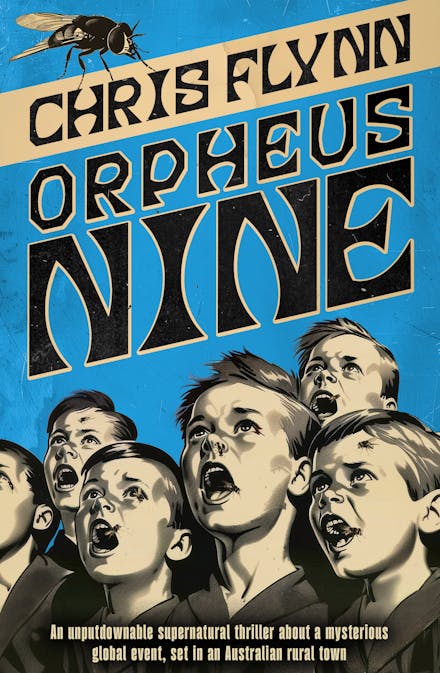
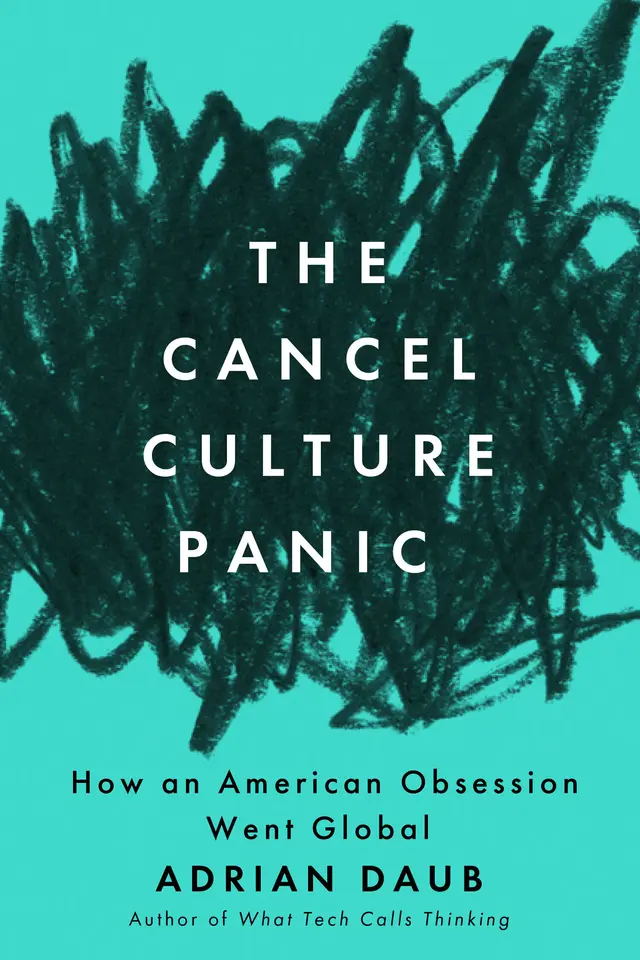
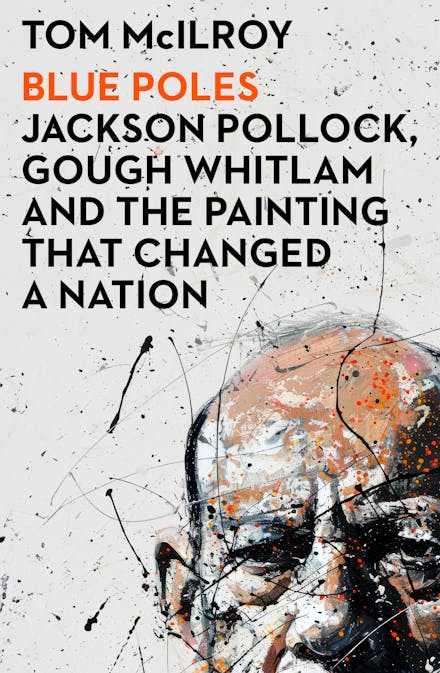
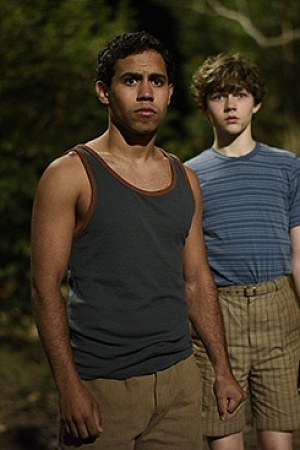

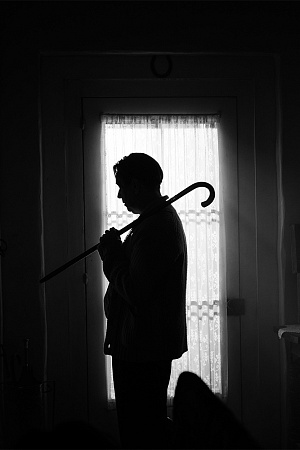




Leave a comment
If you are an ABR subscriber, you will need to sign in to post a comment.
If you have forgotten your sign in details, or if you receive an error message when trying to submit your comment, please email your comment (and the name of the article to which it relates) to ABR Comments. We will review your comment and, subject to approval, we will post it under your name.
Please note that all comments must be approved by ABR and comply with our Terms & Conditions.